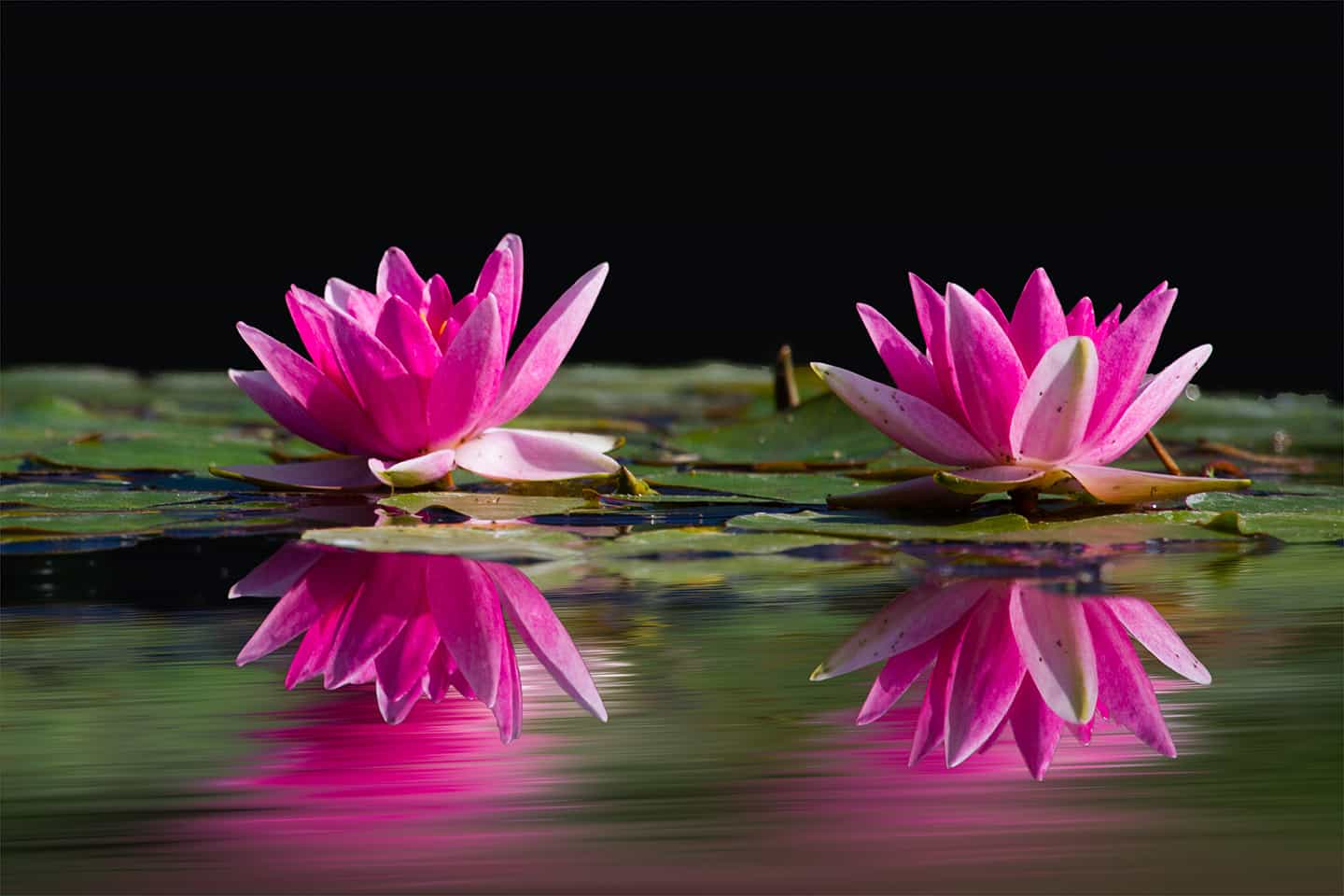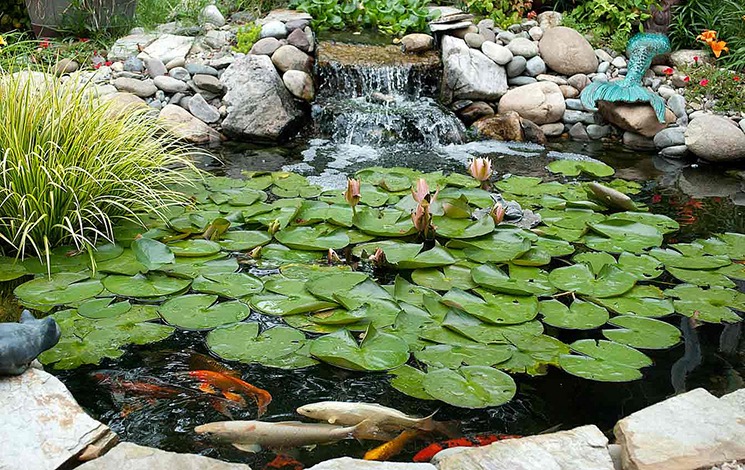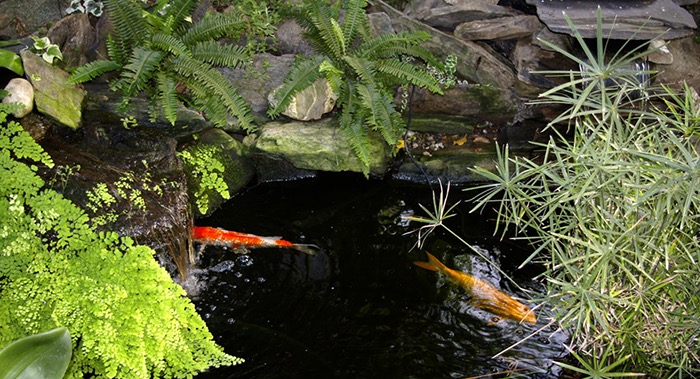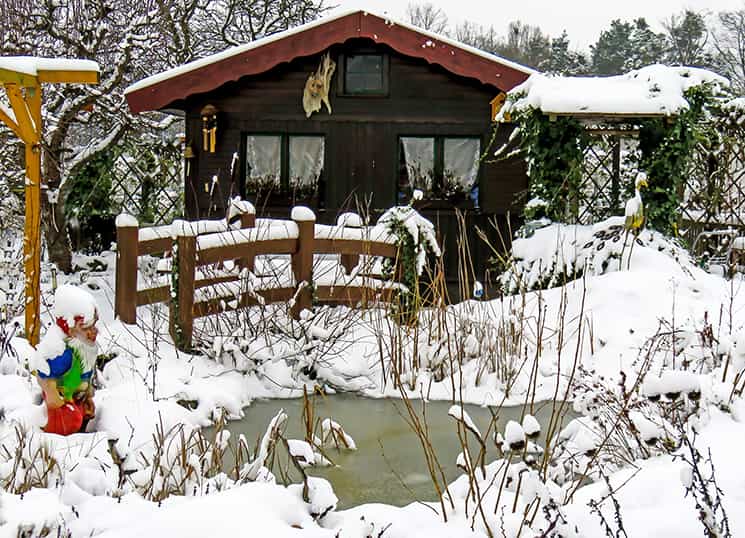Best Water for Koi Fish Ponds

The Best Water For Koi Fish Ponds
The question is, what is the best water for koi fish? Koi ponds have become incredibly popular all over the world in the past 20 years. A kind of fancy carp (correctly called Nishikigoi) that originated in Japan more than 1,600 years ago, they have been bred selectively since the early 19th century, and today the different varieties are amazing. Characteristics that breeders focus on include body shape, color and color patterns, skin quality, fin shape, and also size.
But the question still is, what is the best water for koi fish?
Planning a Koi Fish Pond
People who take koi-keeping seriously, plan their ponds so that their fish will grow to full size – up to three feet. They also ensure that all other pond conditions are perfect and usually spend a lot of time and money maintaining their ponds.
If you look at fish pond supplies you will see that there are many specialist products available for koi ponds, including pumps and filters, various water test kits, and products that may be used to rectify water problems.
If you visit any well stocked koi pond, you will understand why water quality and clarity are so important.
While the majority of koi have non-metallic body colors, including black, white, yellow and red, there are also both gold and silver varieties that have shiny sequin-like scales. Except for lines of large prominent scales along their backs and sides, German koi do not have scales.
In Japan koi may still be found in ponds and lakes that are fed by melted snow and ice from mountainous regions. And koi breeders try to maintain this quality of water in their manmade ponds.
Water Quality for Koi Fish Ponds
If you have a swimming pool, you will know how important it is to maintain the pH levels in your pool.
The pH scale is a logarithmic number scale of 0 to 14, and it shows the strength of an acid or alkali. A neutral solution (including water) has a pH of exactly 7, and it is neither acidic nor alkaline. In swimming pools we generally maintain the pH between 6.8 to 7.2 if the pool is lined with fiberglass, and between 7.2 and 7.6 if it has a gunite or plaster shell.
If the pH is too high, the water will get cloudy and scale will tend to form on the pool walls. If it is too low, plaster will tend to etch and any metal fixtures will start to corrode. A low pH causes skin problems and eye irritations in humans.
The Ideal pH Level For Koi Fish
The ideal pH level for koi is between 6.8 and 7.5, which you will see is virtually the same as for humans. A low pH can damage the gills of the fish and serious swings in pH can kill them.
The pH of water is affected by the hardness (or softness) of the water, which in turn is affected by the quantity of dissolved salts – particularly calcium and magnesium – in the water. The more salts, the “harder” the water.
Koi Fish Pond Water Hardness
General hardness (GH) is measured in degrees from 0 to 18, with 8 being the ideal.
There are various ways to adjust the pH and GH of pond water, including the use of fish pond media (for filters) that is high in calcium, including media made from crushed oyster shells or limestone. There are also various proprietary products that, added to the water, will help to adjust and maintain these levels.
Koi Pond Test Kits
Just as you can buy test kits to test the quality of your swimming pool water, you can also buy test kits to test for ammonia and to test the pH of fish ponds. There are also oxygen test kits. It is advisable to test the pond water regularly using these.
API appear to be the leaders in koi fish pond test kits
[ninja_tables id=”2270″]
Various trace elements are also important to koi, because they help the development of pigments and color, and also improve the condition of their skin. You will find these alongside all the other fish pond supplies.







